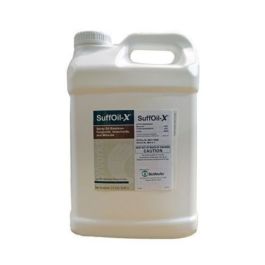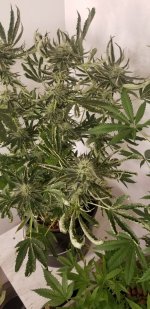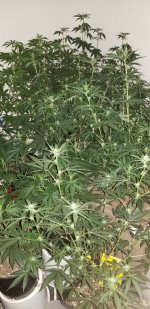BH
Tha Dank Hoarder
Broad Mites & Cyclamen Mites :
diagnosing hemp russet mite
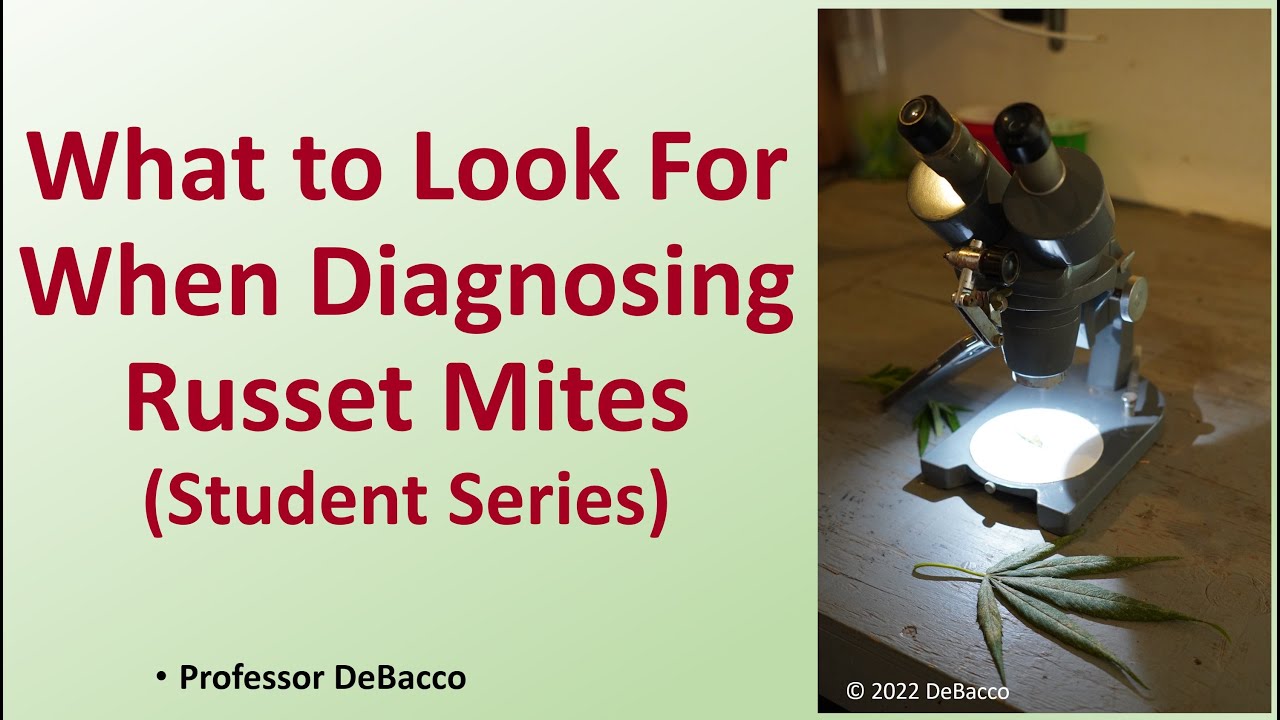
 youtu.be
youtu.be
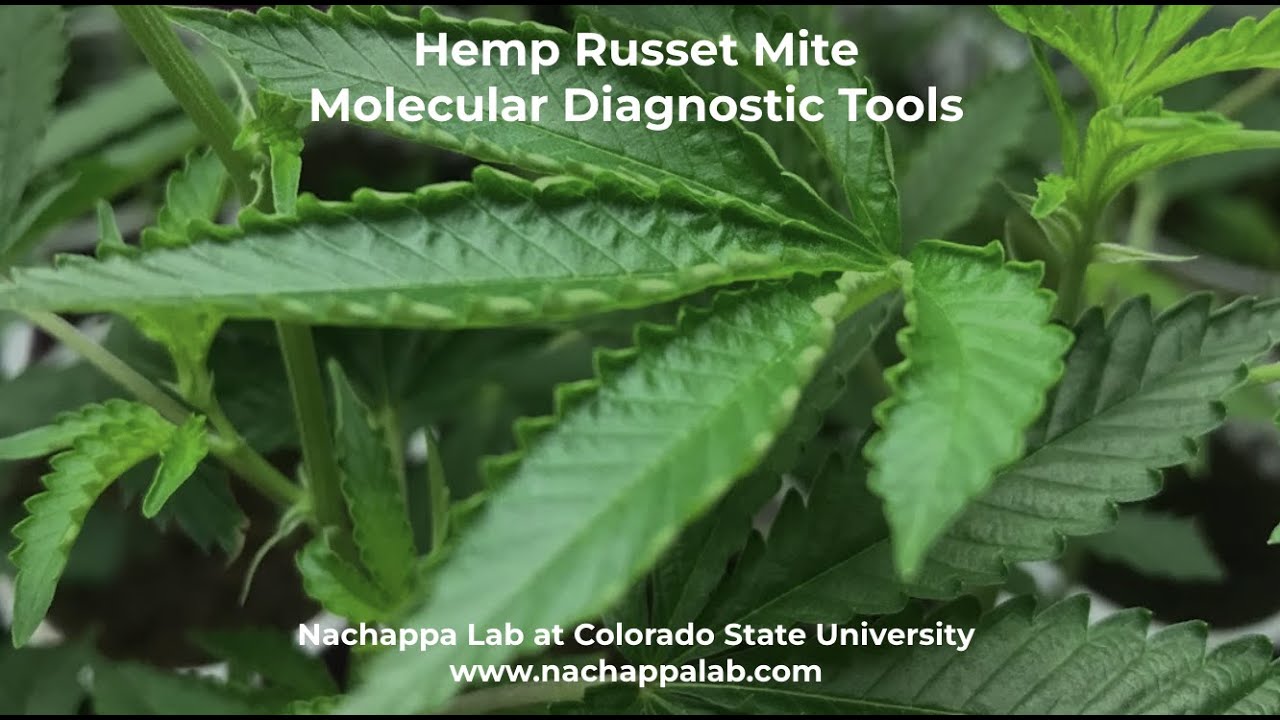
 youtu.be
youtu.be
"Broad and Cyclamen Mites are tiny arachnids (<0.2 mm in length) that are common pests of strawberries, African violet, ivy and more. Distributed worldwide, broad and cyclamen mites have become major pests to a range of commercial crops and have proven difficult to control. Much of the difficulty in controlling them stems from their minute size and how difficult they are to successfully identify. Use a minimum magnification of a 10x loupe or magnifying glass to get a better look!
Identification & Life Cycle:
Broad and cyclamen mites have a wide host range and are most prevalent in tropical regions, but are found in greenhouses in more temperate regions. These mite species are widespread and a major pest of both commercial and ornamental crops. They prefer feeding on new growth causing it to twist and harden. Leaves will turn downward and discolor while blooms may abort in the presence of larger mite populations. Streaking on foliage may be evident with flowers becoming deformed and/or reduced in number. Developing fruit will discolor and premature fruit drop can also occur.
"
Russet Mite General info :
"
Russet Mites, along with Hemp Russet Mites, are some of the most damaging and difficult to control pests affecting growers today. Many species are host-specific and prefer monocultured growing areas (tomato growers in particular). Hard to spot and quick to reproduce, russet mites do not produce the noticeable webbing that identifies spider mites. Members of the Eriophyidae family of mites, they typically move in without being noticed and can build a large population before damage symptoms are evident. Their minute size allows them to hitch rides to new areas on clothing, in removed debris and even on other pest insects like whiteflies and aphids making sanitation imperative in infested areas. Warm, dry, windless conditions encourage mite populations to grow more rapidly, but they will target plant growth where conditions provide shelter and humidity.
Life Cycle & Appearance:
Russet mites lay clear, round eggs in the spring. Following the egg's hatching, russet mites go through two developmental nymph stages, which resemble adults. Developmental time varies from 8-15 days based on environmental conditions. Adults are tiny and wedge-shaped, appearing yellow when clustered. They differ from many other mite species in that they only have two pairs of legs. Females overwinter inside the stems of affected plants as well as at plant joints.
Damage:
Russet mite damage usually presents itself at the bottom of the plant and moves upwards as the mite population does. It begins with yellowing leaves (chlorosis) and leaf curl ("taco-ing"), which is often mistaken for a nutrient or water deficiency. Continued russet mite damage will reduce the plant's vigor, overall health, new growth and flowering making control all the more important. Once a population is established the mites will move onto all parts of the plant including flowers and blossoms. Over time, russet mite feeding has a severe impact on bud and flower production throughout a grow making preventative control and early treatment the most economically viable treatment methods."
 www.youtube.com
www.youtube.com
great IPM for all:
diagnosing hemp russet mite

What to Look For When Diagnosing Russet Mites (Student Series)
What to Look For When Diagnosing Russet Mites (Student Series)Here you will get to see how Connor goes about diagnosing Russet Mites in cannabis plants. The...

Hemp Russet Mite Molecular Diagnostic Tools
The Nachappa lab is developing an innovative, qPCR based assay for the early detection of hemp russet mite.Music courtesy of Lexin_Music via Pixabay
"Broad and Cyclamen Mites are tiny arachnids (<0.2 mm in length) that are common pests of strawberries, African violet, ivy and more. Distributed worldwide, broad and cyclamen mites have become major pests to a range of commercial crops and have proven difficult to control. Much of the difficulty in controlling them stems from their minute size and how difficult they are to successfully identify. Use a minimum magnification of a 10x loupe or magnifying glass to get a better look!
Identification & Life Cycle:
- Eggs – Elliptical in shape, transluscent and colorless and laid in clusters with white tufts covering the tops.
- Larvae (1st Instar) – Generally slow moving with a whitish appearance, young cyclamen and broad mites have three pairs of legs and can be 0.1-0.2 mm long. This stage lasts one day.
- Nymph (2nd & 3rd Instar) – Clear and pointed at both ends, nymphs are generally found in depressions on fruit and females can be carried by males. Usually lasts one day.
- Adult – Males are oval shaped and short with long, thin legs. Females are also oval shaped, but more swollen than the adult males. Males live for 5-9 days while females live for 8-13 days. Females will lay approximately 5 eggs per day (30-75 eggs in a lifetime), which can be found on the undersides of leaves and on small fruit. Most dispersal occurs through males carrying female larvae to new leaves and plants, but there is evidence showing other insects like whiteflies carrying mites from plant to plant. In outdoor settings, adults will often be found on shaded areas of the plant making them harder to spot.
Broad and cyclamen mites have a wide host range and are most prevalent in tropical regions, but are found in greenhouses in more temperate regions. These mite species are widespread and a major pest of both commercial and ornamental crops. They prefer feeding on new growth causing it to twist and harden. Leaves will turn downward and discolor while blooms may abort in the presence of larger mite populations. Streaking on foliage may be evident with flowers becoming deformed and/or reduced in number. Developing fruit will discolor and premature fruit drop can also occur.
"
Russet Mite General info :
"
Russet Mites, along with Hemp Russet Mites, are some of the most damaging and difficult to control pests affecting growers today. Many species are host-specific and prefer monocultured growing areas (tomato growers in particular). Hard to spot and quick to reproduce, russet mites do not produce the noticeable webbing that identifies spider mites. Members of the Eriophyidae family of mites, they typically move in without being noticed and can build a large population before damage symptoms are evident. Their minute size allows them to hitch rides to new areas on clothing, in removed debris and even on other pest insects like whiteflies and aphids making sanitation imperative in infested areas. Warm, dry, windless conditions encourage mite populations to grow more rapidly, but they will target plant growth where conditions provide shelter and humidity.
Life Cycle & Appearance:
Russet mites lay clear, round eggs in the spring. Following the egg's hatching, russet mites go through two developmental nymph stages, which resemble adults. Developmental time varies from 8-15 days based on environmental conditions. Adults are tiny and wedge-shaped, appearing yellow when clustered. They differ from many other mite species in that they only have two pairs of legs. Females overwinter inside the stems of affected plants as well as at plant joints.
Damage:
Russet mite damage usually presents itself at the bottom of the plant and moves upwards as the mite population does. It begins with yellowing leaves (chlorosis) and leaf curl ("taco-ing"), which is often mistaken for a nutrient or water deficiency. Continued russet mite damage will reduce the plant's vigor, overall health, new growth and flowering making control all the more important. Once a population is established the mites will move onto all parts of the plant including flowers and blossoms. Over time, russet mite feeding has a severe impact on bud and flower production throughout a grow making preventative control and early treatment the most economically viable treatment methods."
- YouTube
Enjoy the videos and music you love, upload original content, and share it all with friends, family, and the world on YouTube.
great IPM for all:

